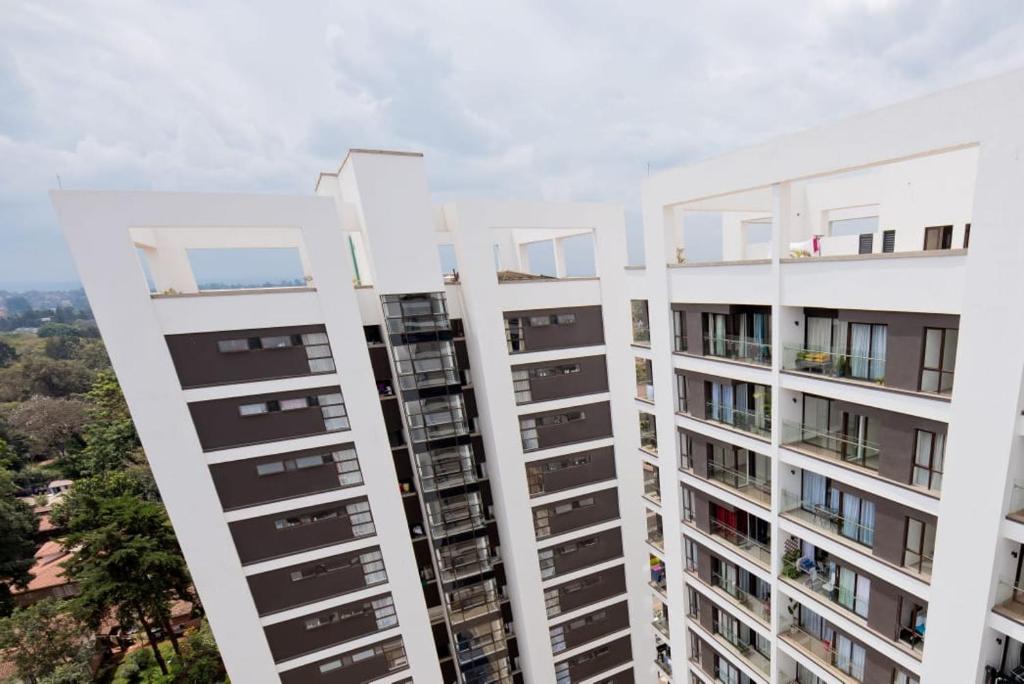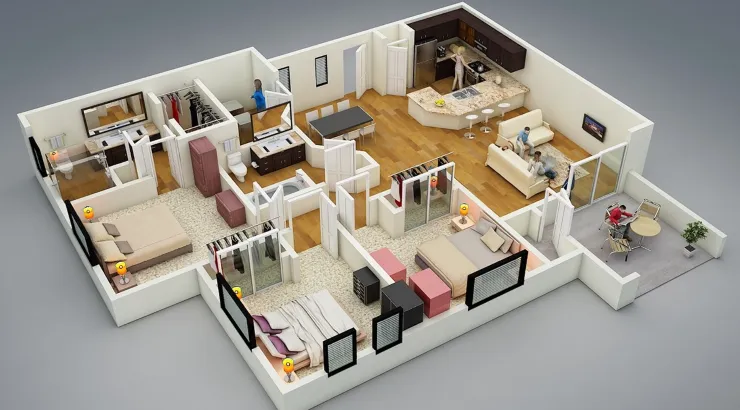Sustainable Building in Kenya
Discover how to build sustainably in Kenya — from eco-friendly materials and certifications to costs, financing, and ROI. Learn practical steps to design, construct, and invest in green real estate that saves energy and protects the environment.
Introduction
Sustainable building in Kenya is reshaping how homes and commercial properties are designed, built, and operated. With rising energy costs and increasing climate challenges, more developers and homeowners are turning to green construction Kenya solutions that reduce waste and long-term expenses. This guide explores the full process — from planning and design to financing and certification — for anyone ready to invest in eco-friendly real estate Kenya.
You’ll learn the benefits of sustainable construction, how to choose the right materials, where to find financing, and what certifications matter most. Whether you’re building your first green home or developing a large estate, this guide offers everything you need to make your project both profitable and environmentally responsible.
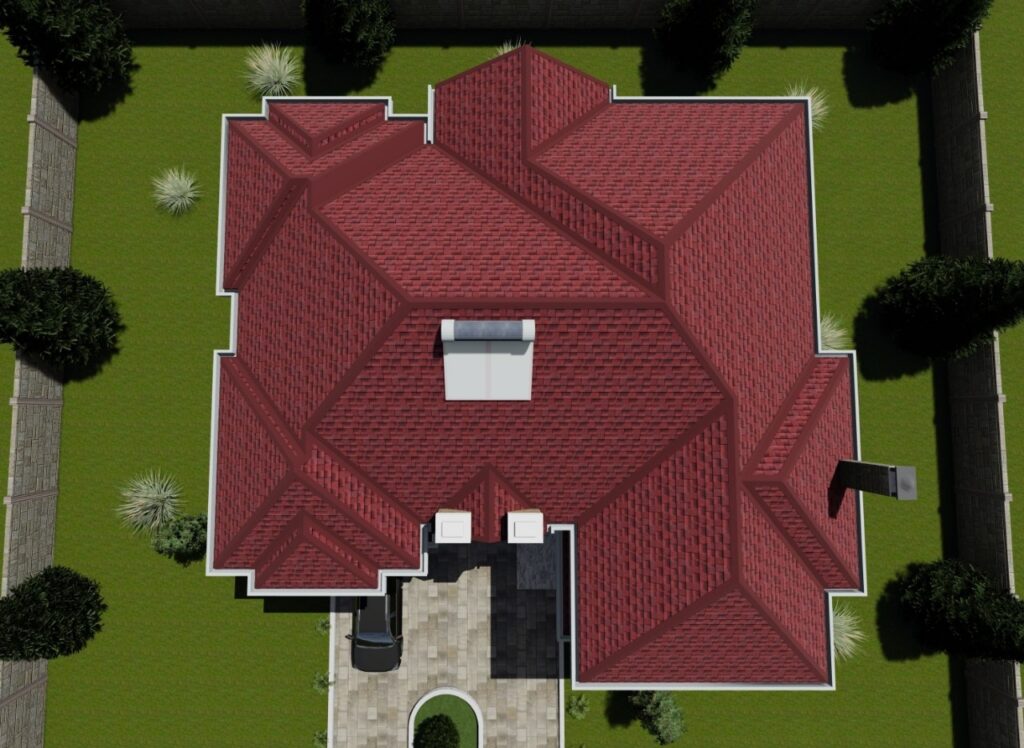
What Sustainable Building Means in Kenya
Sustainable building in Kenya focuses on designing structures that use fewer resources while maximising comfort and durability. The goal is to reduce the carbon footprint throughout the building’s life cycle — from design and construction to maintenance and operation.
Definition and Core Principles
Sustainable construction emphasises energy efficiency, water conservation, waste reduction, and indoor health. Buildings are designed to adapt to the local climate, use renewable materials, and minimise operational costs. The approach balances environmental protection with economic practicality.
Kenya’s Unique Building Context
In Kenya, sustainable building must also address local conditions such as inconsistent water supply, high temperatures, and growing urban populations. Builders are adopting solar power, natural ventilation, and local materials like stabilised soil blocks to achieve both comfort and resilience.
Affordable Sustainability for Homeowners
You don’t have to be a large developer to build sustainably. Simple actions — like orienting a home for natural lighting, collecting rainwater, or using recycled materials — can significantly reduce monthly bills while improving comfort and value.
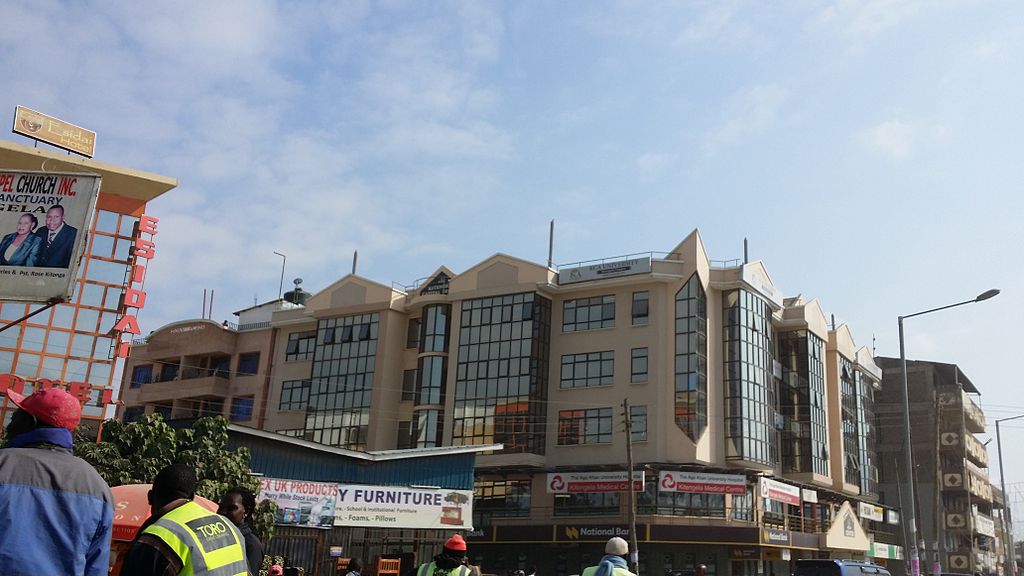
Market Drivers and Green Building Policies in Kenya
Kenya is among Africa’s leaders in adopting green construction practices. Developers, investors, and even tenants now recognise that sustainable buildings offer long-term financial and health benefits.
National Policies and Regulations
The government supports sustainability through initiatives like the National Building Code and Kenya Green Building Society (KGBS) guidelines. These frameworks promote resource efficiency, resilience, and the use of renewable technologies in both urban and rural settings.
Growing Investor and Buyer Demand
Corporate tenants and international investors increasingly favor certified green buildings. They understand that eco-friendly real estate Kenya improves asset value and reduces operational risks — a major advantage in Nairobi’s competitive property market.
Key Certifications and Standards
Common certifications include EDGE, LEED, and the local Safari Green Building Index. Each measures energy, water, and material efficiency. Achieving one of these certifications boosts credibility and often leads to lower financing rates or higher resale values.
Pre-Construction Planning and Site Selection
Before construction begins, proper planning ensures your sustainable project meets both environmental and financial goals.

Site Evaluation
Choose land that benefits from natural ventilation, sunlight, and minimal grading. Avoid flood-prone or ecologically sensitive areas to reduce future risks and costs.
Local Approvals and Permits
Secure approvals from local authorities early, including NEMA and county planning offices. Submitting energy and environmental compliance reports early speeds up construction approvals and ensures your project meets national sustainability standards.
Pre-Design Feasibility
Conduct a feasibility study that includes environmental assessments, material availability, and renewable energy potential. This helps developers plan realistic budgets while aligning with sustainable targets.
Sustainable Design and Material Choices
The design phase determines most of your project’s sustainability outcomes. Architects and engineers must integrate both aesthetics and performance from the start.
Passive Design Principles
Passive design uses Kenya’s tropical climate to your advantage. Features like cross ventilation, shaded windows, and reflective roofs reduce energy needs and keep interiors comfortable year-round.
Eco-Friendly Materials
Use local materials such as compressed stabilized earth blocks (CSEB), bamboo, and recycled steel. These reduce embodied carbon and transportation costs while supporting local industries.
Durable and Low-Maintenance Finishes
Opt for finishes that require minimal upkeep, like lime plaster or natural stone. They lower long-term costs and keep the building’s appearance fresh for decades.
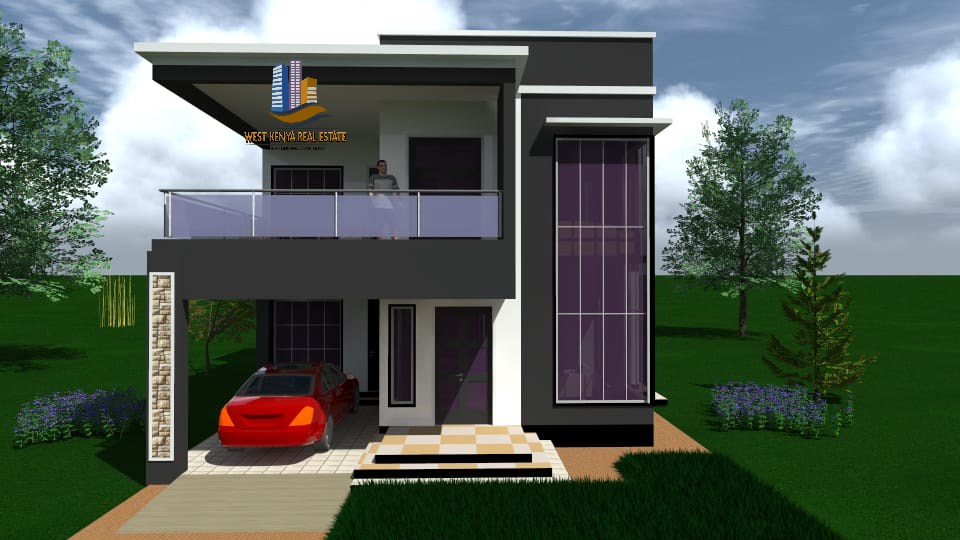
Energy, Water, and Waste Efficiency
Green buildings thrive on resource efficiency — especially energy and water, which are costly in most Kenyan towns.
Renewable Energy Systems
Install solar photovoltaic panels to power lighting and appliances. In off-grid regions, hybrid solar-battery systems provide reliable energy without dependence on diesel generators.
Water Management
Harvest rainwater and recycle greywater to reduce reliance on municipal supply. Efficient fixtures like dual-flush toilets and low-flow taps help conserve water without affecting comfort.
Waste Reduction and Recycling
Plan for waste sorting during construction and operation. Using recycled aggregates or reusing demolition debris reduces environmental impact and lowers waste management fees.
Cost, Financing, and ROI of Green Construction Kenya
One misconception is that sustainable buildings are too expensive. While initial costs may be higher, operational savings quickly offset the investment.
Cost and Payback
On average, sustainable buildings cost 5–10% more upfront but achieve energy and water savings of up to 40%. Within five years, many projects recover the additional cost through lower bills and increased property value.
Green Financing and Incentives
Kenyan banks now offer green mortgages and preferential rates for certified developments. Developers can also access climate funds or carbon credits to finance energy-efficient upgrades.
Financial Returns and Market Value
Sustainable properties attract quality tenants and command higher rental prices. Investors also benefit from reduced vacancy rates and stronger long-term returns.
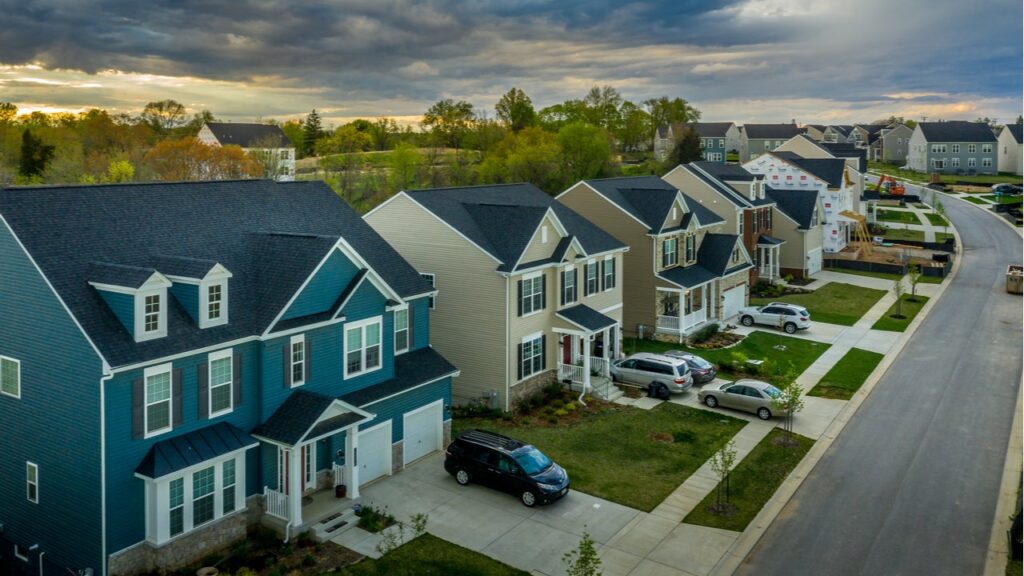
Choosing the Right Green Builder or Consultant
Finding an experienced sustainable construction partner in Kenya determines your project’s success.
Professional Accreditation
Look for consultants accredited under the EDGE or LEED systems. Verify that they have experience with projects of a similar size and type to yours.
Proposal Evaluation
When reviewing tenders, check for clear sustainability strategies, cost-benefit analysis, and performance targets. Avoid vague promises; demand measurable outcomes.
Quality Assurance and Supervision
Request regular site audits and environmental performance reports. This ensures your building meets certification and safety standards while staying within budget.
Challenges and Solutions in Kenya’s Sustainable Building Industry
Although green construction is growing, developers face several challenges that require proactive solutions.
Limited Skilled Labour
Few local contractors specialise in sustainable practices. Investing in training or partnering with certified professionals helps bridge the gap and maintain quality.
Cost and Material Supply
Imported eco-materials can be costly. Choosing locally produced alternatives such as bamboo and CSEBs reduces expenses and supports Kenyan manufacturers.
Regulatory and Certification Hurdles
Certification processes can be lengthy. Work closely with KGBS or EDGE experts early in the project to streamline documentation and avoid costly delays.
Innovative Green Building Technologies in Kenya
Kenya’s construction industry is increasingly adopting innovative green technologies to address sustainability and energy efficiency challenges. Developers are now integrating renewable energy sources, sustainable materials, and advanced water recycling systems in both residential and commercial buildings. These technologies not only reduce operational costs but also minimise environmental impact, making them attractive to eco-conscious investors and homeowners. From solar-integrated rooftops to smart water management systems, green building technologies are setting new standards for future developments in Kenya.
Solar Power Integration in Modern Buildings
Solar power systems have become a core feature in sustainable building projects across Kenya. By installing rooftop solar panels, developers significantly cut electricity costs and reliance on the national grid. This approach supports Kenya’s push toward renewable energy adoption while providing consistent power in areas affected by blackouts. Many estates in Nairobi, Naivasha, and Kisumu now feature solar-powered lighting and heating systems, showcasing how clean energy can drive sustainability in real estate.
Smart Water Management Solutions
Advanced rainwater harvesting and greywater recycling systems are transforming water conservation in Kenya’s green buildings. These systems collect, filter, and reuse water for non-potable purposes such as irrigation and sanitation. Such innovations help combat water scarcity while lowering utility costs for residents. As Kenya continues facing irregular rainfall, efficient water systems have become an essential component of eco-friendly real estate projects.
Sustainable Cooling and Heating Systems
Green buildings now rely on passive cooling designs and energy-efficient HVAC systems to regulate indoor temperatures. Techniques such as cross ventilation, double-glazed windows, and natural shading significantly reduce electricity consumption. In addition, energy-efficient air conditioners and heat pumps maintain comfortable living spaces with minimal energy waste. The shift toward sustainable climate control systems aligns with Kenya’s goal of reducing carbon emissions by 30% before 2030.
Eco-Friendly Construction Materials in Kenya
The use of eco-friendly construction materials is reshaping Kenya’s real estate landscape. Developers and architects now prioritise sustainable materials that are locally sourced, durable, and recyclable. This shift has created new opportunities for manufacturers and builders focused on low-carbon construction. The adoption of materials such as compressed earth blocks, bamboo, and recycled steel highlights Kenya’s commitment to sustainability while reducing construction costs and environmental impact.
Locally Sourced Green Materials
Locally available materials like stone, clay, and bamboo are gaining attention for their eco-friendly properties. These materials reduce transportation emissions and support local economies. Bamboo, for instance, is being used for flooring, ceilings, and structural components because of its strength and renewability. Clay bricks and natural stone also enhance insulation, promoting energy efficiency and indoor comfort.
Recycled and Reclaimed Materials
Recycled steel, glass, and timber are becoming vital in sustainable building projects. Using reclaimed materials minimises waste and extends the lifecycle of construction components. Builders are increasingly integrating recycled aggregates into concrete mixes, reducing dependence on newly mined sand and gravel. These methods help Kenya’s construction sector move toward a circular economy while maintaining high-quality standards.
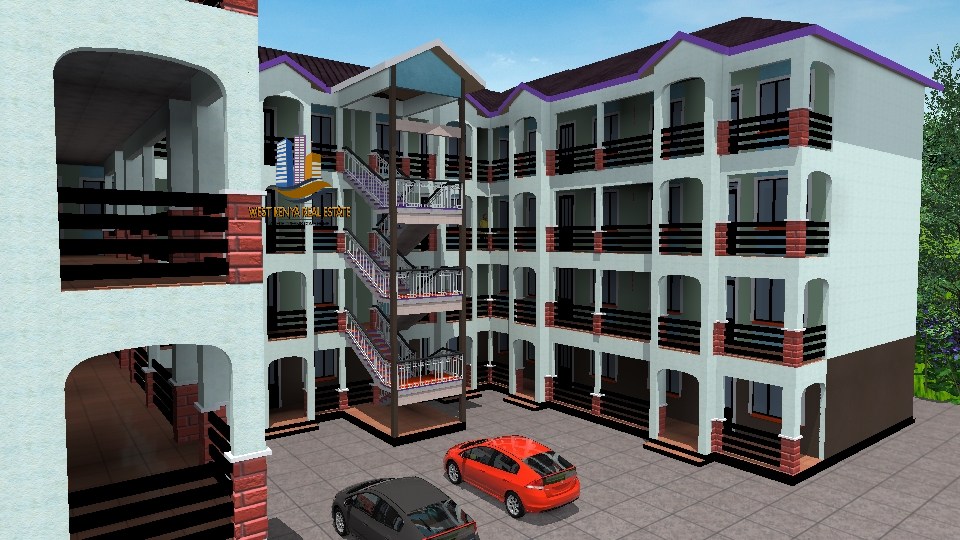
Sustainable Finishing Options
Eco-friendly paints, sealants, and insulation materials are replacing traditional finishes that emit harmful volatile organic compounds (VOCs). Low-VOC and natural paints enhance indoor air quality while providing long-lasting finishes. Sustainable insulation materials made from recycled fibers or natural wool improve energy efficiency and comfort within buildings. This combination of durability and environmental responsibility makes green materials a key driver in Kenya’s construction revolution.
Financial Benefits of Green Building Investments
Investing in sustainable building in Kenya offers long-term financial advantages. While initial construction costs may be slightly higher, green buildings yield significant savings through reduced utility bills, increased property value, and lower maintenance expenses. Investors are also finding that eco-certified properties attract premium tenants and buyers who prioritise sustainability. Government incentives and tax benefits further enhance the profitability of green construction ventures.
Reduced Operating and Maintenance Costs
Energy-efficient systems, water recycling, and natural lighting collectively lower utility expenses. Over time, these savings offset the initial cost of green technologies. Eco-friendly buildings also require less maintenance due to the durability of sustainable materials. For property owners, this translates into consistent returns and reduced long-term expenditure.
Increased Property Value and Market Appeal
Green-certified buildings in Kenya command higher market prices and rental rates. Buyers are increasingly willing to pay a premium for homes that are energy-efficient, comfortable, and environmentally responsible. This market shift has encouraged developers to include sustainability as a core selling point, boosting property value and long-term demand.
Access to Green Financing and Incentives
Financial institutions in Kenya, such as KCB and Co-op Bank, are now offering green loans to support eco-friendly projects. These funding options provide lower interest rates and flexible repayment terms. Additionally, government policies promoting renewable energy and sustainable development create favorable conditions for investors. Such incentives encourage broader participation in the green construction movement.
Government Regulations and Policies on Sustainable Construction
Kenya’s government has implemented policies to promote sustainable development within the construction sector. These include the Green Building Society guidelines, National Environment Management Authority (NEMA) standards, and county-level building codes. These frameworks encourage developers to comply with energy efficiency, waste management, and environmental conservation requirements. The increasing enforcement of sustainability regulations demonstrates the nation’s dedication to achieving its climate goals.
Kenya Green Building Society (KGBS) Initiatives
The Kenya Green Building Society plays a key role in educating developers and enforcing sustainable building standards. Through workshops and certification programs, KGBS promotes the adoption of international green building benchmarks such as LEED and EDGE. Developers who meet these standards gain a competitive edge and access to global recognition, enhancing their reputation in the market.
Environmental Compliance Requirements
All construction projects in Kenya must undergo environmental impact assessments (EIAs) before approval. These assessments ensure that building activities do not harm the ecosystem or surrounding communities. Compliance with NEMA regulations also includes proper waste disposal and energy management measures. Adherence to these requirements reduces penalties and improves investor confidence.
National Energy and Climate Strategies
Kenya’s Vision 2030 and National Climate Change Action Plan (NCCAP) aim to integrate sustainable practices across all economic sectors. The government’s focus on renewable energy and low-carbon infrastructure continues to influence construction policies. These efforts align with global sustainability targets, positioning Kenya as a leader in green development within Africa.
Challenges Facing Sustainable Construction in Kenya
Despite progress, sustainable building in Kenya faces various obstacles, including high initial costs, limited awareness, and inadequate access to green technologies. Developers often struggle to balance affordability and eco-friendly features, especially in low-income housing projects. Furthermore, a shortage of skilled professionals in sustainable design and construction slows adoption. Overcoming these barriers requires collaboration between the government, private sector, and learning institutions.
High Initial Investment Costs
The upfront expenses for eco-friendly materials and renewable energy systems remain higher than for conventional options. Many small developers find it challenging to secure funding for sustainable projects. However, with growing availability of green financing and government incentives, these costs are gradually becoming more manageable.
HLimited Awareness and Technical Skills
There is still a knowledge gap among builders and homeowners regarding the benefits of green construction. Training programs and awareness campaigns can help bridge this divide. Universities and vocational schools are starting to include sustainability courses to equip future professionals with the necessary skills.
H3. Supply Chain and Policy Challenges
The availability of eco-friendly materials and technologies remains limited in some regions. Inconsistent enforcement of sustainability policies also hinders widespread adoption. Establishing regional supply hubs and strengthening regulatory frameworks would make green building more accessible and affordable.
Conclusion
Sustainable building in Kenya is no longer a future trend — it’s a practical, profitable reality. By focusing on energy efficiency, local materials, and smart design, developers and homeowners can create properties that cut costs and boost value. Green construction Kenya also supports national sustainability goals while improving living standards across communities.
Now is the best time to invest in eco-friendly real estate Kenya, whether by building new or retrofitting existing structures. Take the first step today — consult a certified green builder, explore financing options, and commit to a project that benefits both your wallet and the planet.

